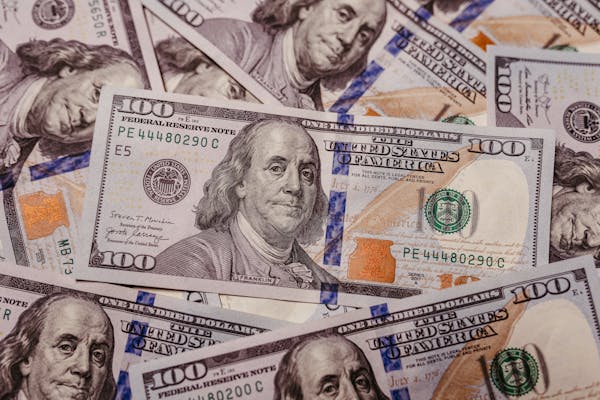In the world of currency collecting, rare bills are often considered hidden treasures. While most people view their cash as mere spending tools, certain bills can be worth thousands, even millions, of dollars. This article delves into some of the most valuable rare bills currently in circulation, providing insights on how to identify them and what makes them so special.
Understanding Rare Bills
Rare bills are typically distinguished by unique features such as misprints, unusual serial numbers, or historical significance. Collectors often seek out these characteristics, as they can significantly increase a bill’s value beyond its face value.
Key Features to Identify Valuable Bills
- Unique Serial Numbers: Bills with palindromic serial numbers (e.g., “1234321”) or those with repeated digits (e.g., “11111111”) are highly sought after. Solid serial numbers, where all digits are the same, can also fetch high prices.
- Replacement Notes: Bills marked with a star (*) indicate they are replacement notes. These tend to be rarer and more valuable than their non-replacement counterparts.
- Minting Errors: Errors during the printing process can create highly collectible bills. Examples include misaligned prints or incorrect denominations.
- Historical Significance: Certain series of bills, particularly those from significant historical periods or featuring notable figures, can command higher prices.
Notable Examples of Rare Bills
1. The 1861 $10 Demand Note
This bill features President Abraham Lincoln and is one of the first $10 paper notes issued in the U.S. A specimen with a serial number “1” sold for an astonishing $381,875 at auction in 20141.
2. The 1878 Triple Signature $10 Silver Certificate
Only four of these certificates are known to exist. One recently sold for $312,000 in 2023, highlighting the extreme rarity and desirability of this bill1.
3. The 1915 $10 Federal Reserve Note
With only 29 examples known, this note is extremely rare and can sell for over $126,000 if well-preserved1.
4. The $5 Bill with Solid Serial Numbers
Certain $5 bills with solid serial numbers like “G88888888A” can be worth over $2,000 due to their rarity—only about one in 11 million $5 notes has such a serial number4.
5. The $2 Bill
While not as commonly recognized as a rare bill, the $2 bill is the rarest denomination in circulation today. Its unique design and limited printing contribute to its collectible status5.
How to Spot Rare Bills
To determine if you possess a valuable bill, consider the following steps:
- Examine Serial Numbers: Look for patterns or unique sequences.
- Check for Replacement Notes: Identify any star notes.
- Inspect for Errors: Look closely for any misprints or unusual features.
- Consult Experts: If you suspect you have a rare bill, consult a professional appraiser or visit a local coin shop for an evaluation.
Conclusion
The world of rare bills is filled with potential treasures waiting to be discovered. By understanding what makes certain bills valuable and knowing how to identify them, collectors can uncover hidden gems that may significantly enhance their collections. Whether it’s an old demand note or a modern bill with a unique serial number, the thrill of finding a rare piece of currency is unmatched in the realm of numismatics.As you delve into your wallet or coin collection, keep an eye out for these hidden treasures—you might just find a valuable piece of history!

I’m passionate writer and digital content creator with a background in journalism. With a keen interest in exploring a wide range of topics—from technology to lifestyle and beyond—I bring fresh insights and thought-provoking commentary to the readers of Idegg.org. My curiosity and love for storytelling makes me a perfect fit for sharing the diverse, ever-evolving content the blog is known for.

